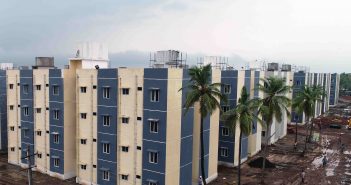
Steady economic growth, favourable policy environment, growing preference of global occupiers for Indian offices and listing of first Real Estate Investment Trust (REIT) in the country have put the India office market on a growth path, according to the half yearly update (H1 2019 – January to June 2019) by JLL India.










